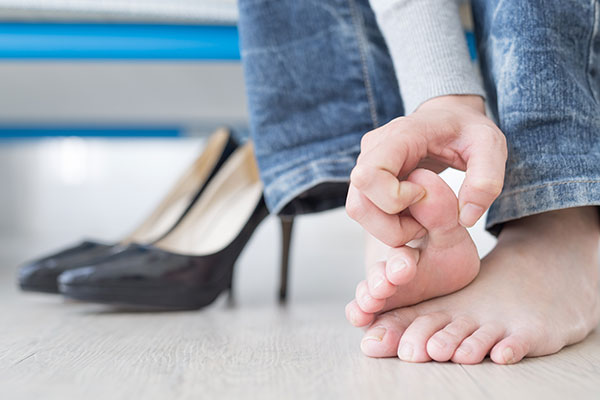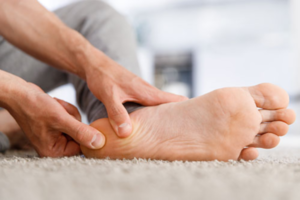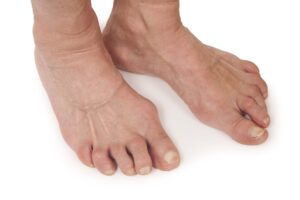
Hip Dysplasia: A Guide for Parents and Adults
Hip dysplasia (developmental dysplasia of the hip – DDH) is a condition that affects the hip joint.

How do those nasty corns come up on the bottom of your feet or on top of your toes? Sometimes even in between your toes! To understand why corns come up, we need to understand what they are first.
Corns are areas of hyperkeratosis (or hard skin) that occur as a result of friction or abnormal pressure. They are commonly seen in individuals who wear tight footwear, are on their feet all day or have abnormal foot mechanics. This is also the case with small amounts of calluses (such as those on our heels or the balls of our feet), however, corns tend to sit deeper underneath the skin with overlying callus, hence the name ‘corn’.
Corns arise as a protective mechanism from the body. When our body senses as area of abnormal pressure on our feet, the outer most layer of our skin begins to harden to counteract this pressure. Over time, if the same pressure is applied, it can develop into a callus or eventually a hard or soft corn. For example, it is common for corns to arise on outside of our pinkie toes, particularly in ladies who frequently wear high heels. While these shoes may feel comfortable to wear, if the corns continue to arise, the shoes should be assessed and new ones recommended that are of a suitable width. If corns arise on the bottom of our feet, despite wearing suitable footwear, an individual’s foot function should be assessed to determine if it is contributing to the corn.
Corns can be annoying and often painful if they are not looked after properly. If you are having problems with your corns, let the team at SOLE – LUTION PODIATRY help you. You can reach us on 02 9569 5145

Hip dysplasia (developmental dysplasia of the hip – DDH) is a condition that affects the hip joint.

Heel pain can be a real drag, especially when that first step in the morning feels like stepping on a tack. One culprit behind this discomfort can be heel spurs. But what exactly are they, and more importantly, how can you fix them?

Arthritis in the feet can significantly disrupt your daily life, turning simple walks into painful struggles.